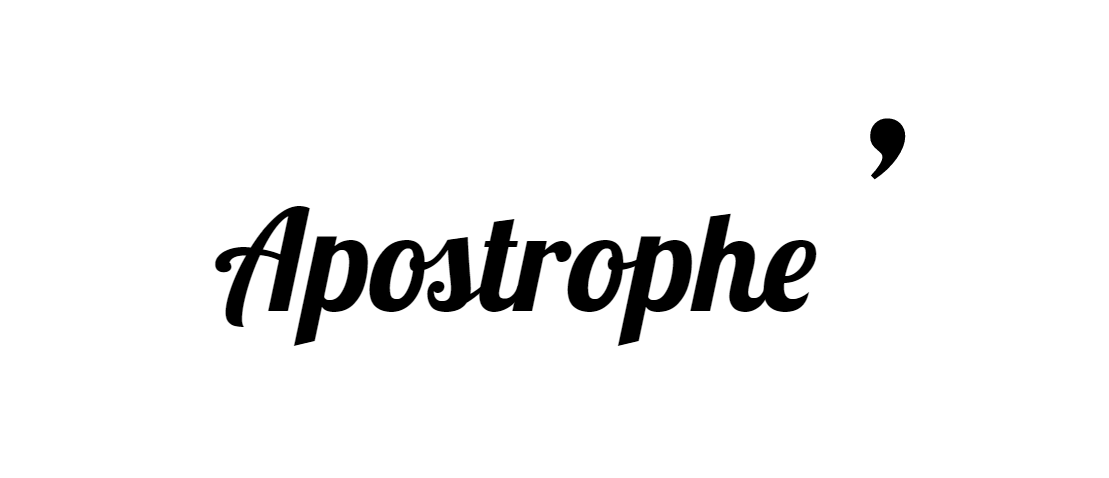The Apostrophe Protection Society.
We’ve just heard that this very niche group is no more!
According to this article, founder John Richards – a former journalist and sub-editor who founded the society 18 years ago – has decided enough is enough and shut the society down.
Is this a sad day for the grammar police? Or a welcome acknowledgement that being overly picky about the use of the apostrophe has no place in modern English?
The apostrophe has had a pretty rocky ride since it was first seen used in the English language. The exact date that this occurred isn’t entirely clear: it was seen both in 1509 in an Italian edition of Petrarch, and also in 1529 by French printer Geoffroy Tory, the very person credited with inventing the accent and the cedilla in the French language. The word itself sees its origins in the the Greek word apostrophē, which translates as “the act of turning away“. This is entirely appropriate because it was largely used as a mark of elision, replacing letters that had been removed from a word, albeit in a different way than in contemporary English.
For example, this sentence in William Shakespeare’s Henry V shows the removal of “it is” to “tis“:
“In cases of defence, ’tis best to weigh the enemy more mighty than he seems.”
Throughout history however, it hasn’t been plain sailing for the apostrophe.
It wasn’t until the 18th century that it became widely used to indicate possession, although we can see how this emerged from Old English. In Old English most nouns ended in the possessive ending es. For example, a child belonging to John would have been written in the form Johnes child. You can see how the es is eventually dropped and is replaced by the possessive apostrophe John’s child. And of course we now also use it in the modern English language to indicate where two words have been contracted to form a single word! It shows how – just like the English language itself – the use of the apostrophe has evolved over time.
Whatever it has evolved into, there are some simplified basic rules that we should stand by:
Apostrophe for contractions
Where you have removed some letters to join two words together, an apostrophe must be inserted:
would + not = wouldn’t
I + will = I’ll
Apostrophe for possession
Used to indicate ownership or membership of something:
Sally’s room
Michael’s swim team
The children’s dinner
Apostrophes should never be used is in the possessive form of “it” and it’s a common mistake that many of us make. You can see in this sentence where it’s used incorrectly:
It’s common for a dog to wag its tail when it’s pleased to see you…
You can see how the use of the apostrophe only applies when shortening “it is” to “it’s“.
They should also not be used for plurals – see how this sentence just doesn’t work when using apostrophes in the words that are plurals:
Susan’s Burger’s and Pizza’s
One thing’s for certain, Apostrophe Society or not, here at FSTL we’ll continue to champion the correct usage of the apostrophe. You won’t see confusion with plurals (such as the common error made by many when writing a decade as the 1980’s) or mixing up “their“, “they’re” and “there” in any of our transcription work!

